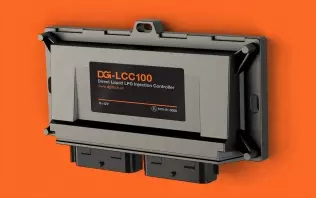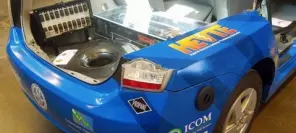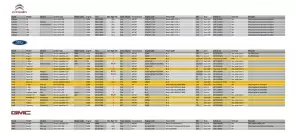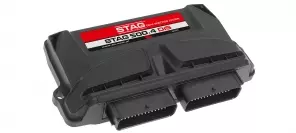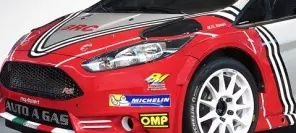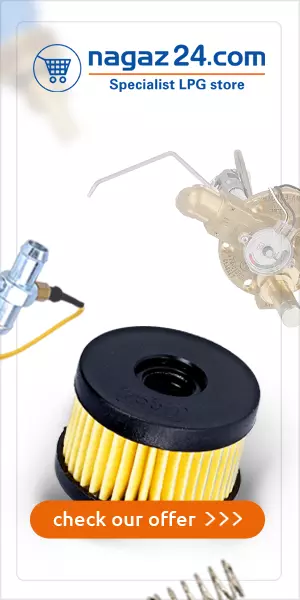- Main page
- Search
- Up to date
- Products
- Technology
- Vehicles
- Video
- Conversion Payback Simulator
Port Injection - Conversion Payback Simulator
Direct Injection - Conversion Payback Simulator
Diesel - Newsletter
DGI: why liquid state LPG injection is better
 loading results...
loading results...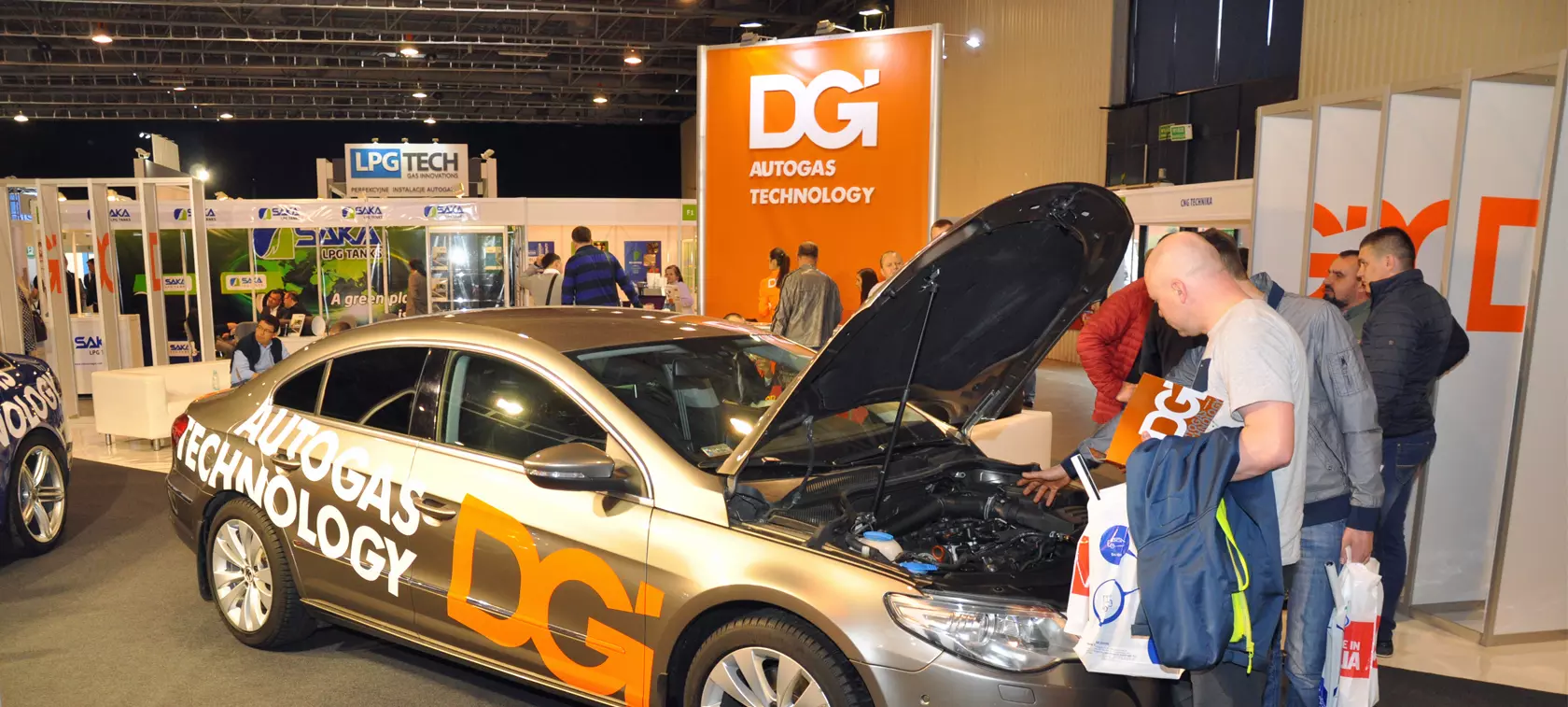 © gazeo.com
© gazeo.com 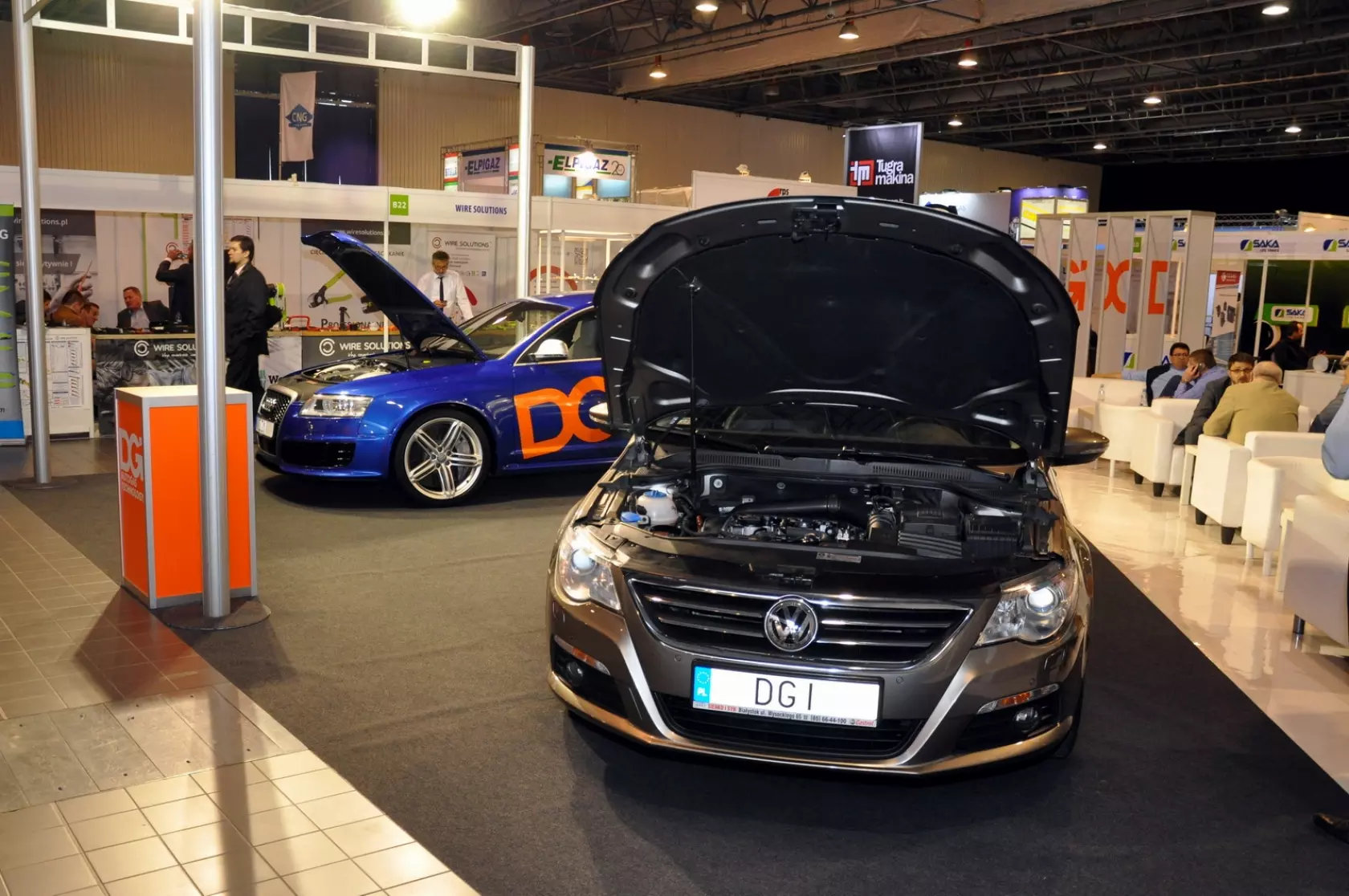 DGI stand at GasShow 2016
DGI stand at GasShow 2016 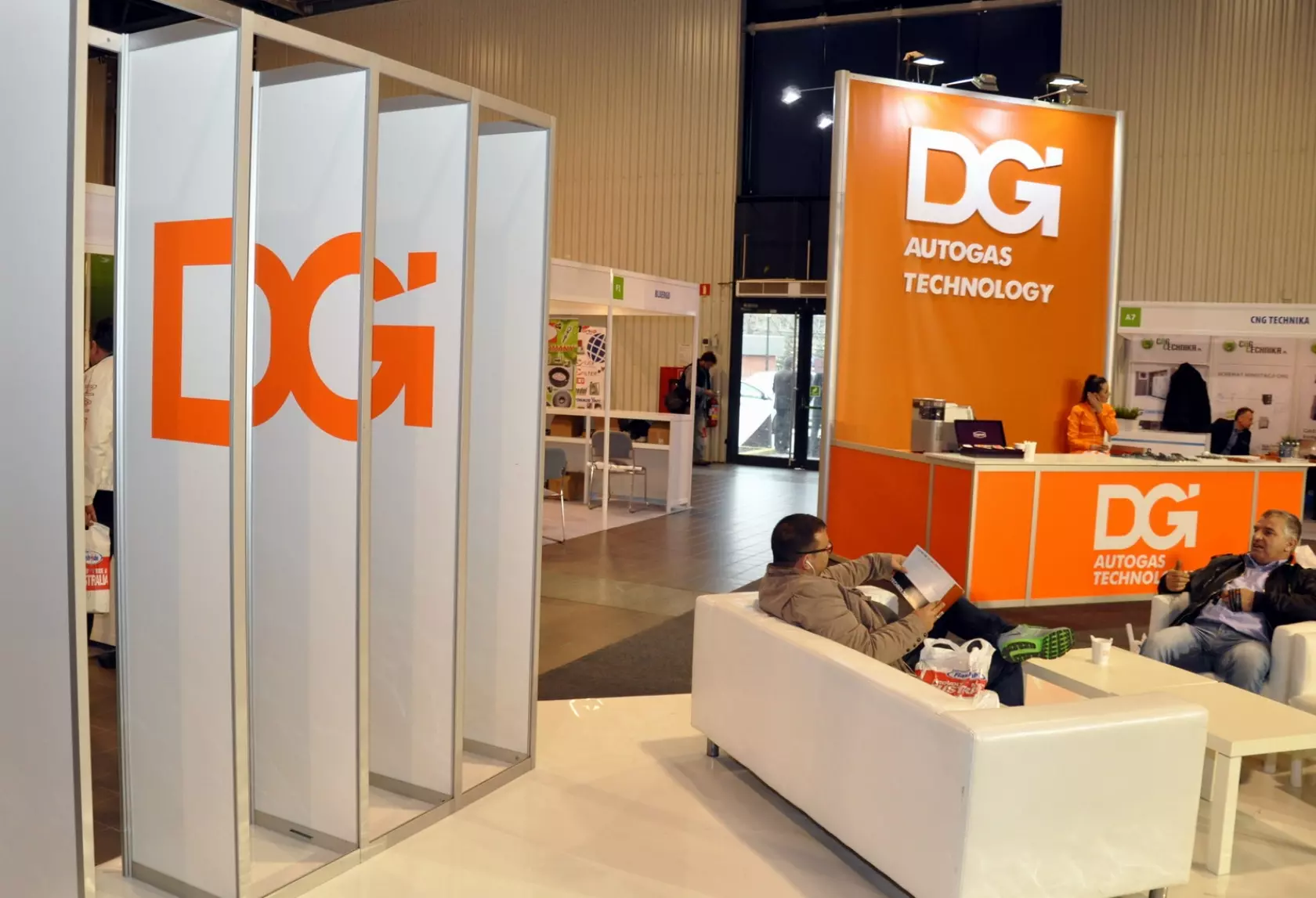 DGI at GasShow 2016
DGI at GasShow 2016 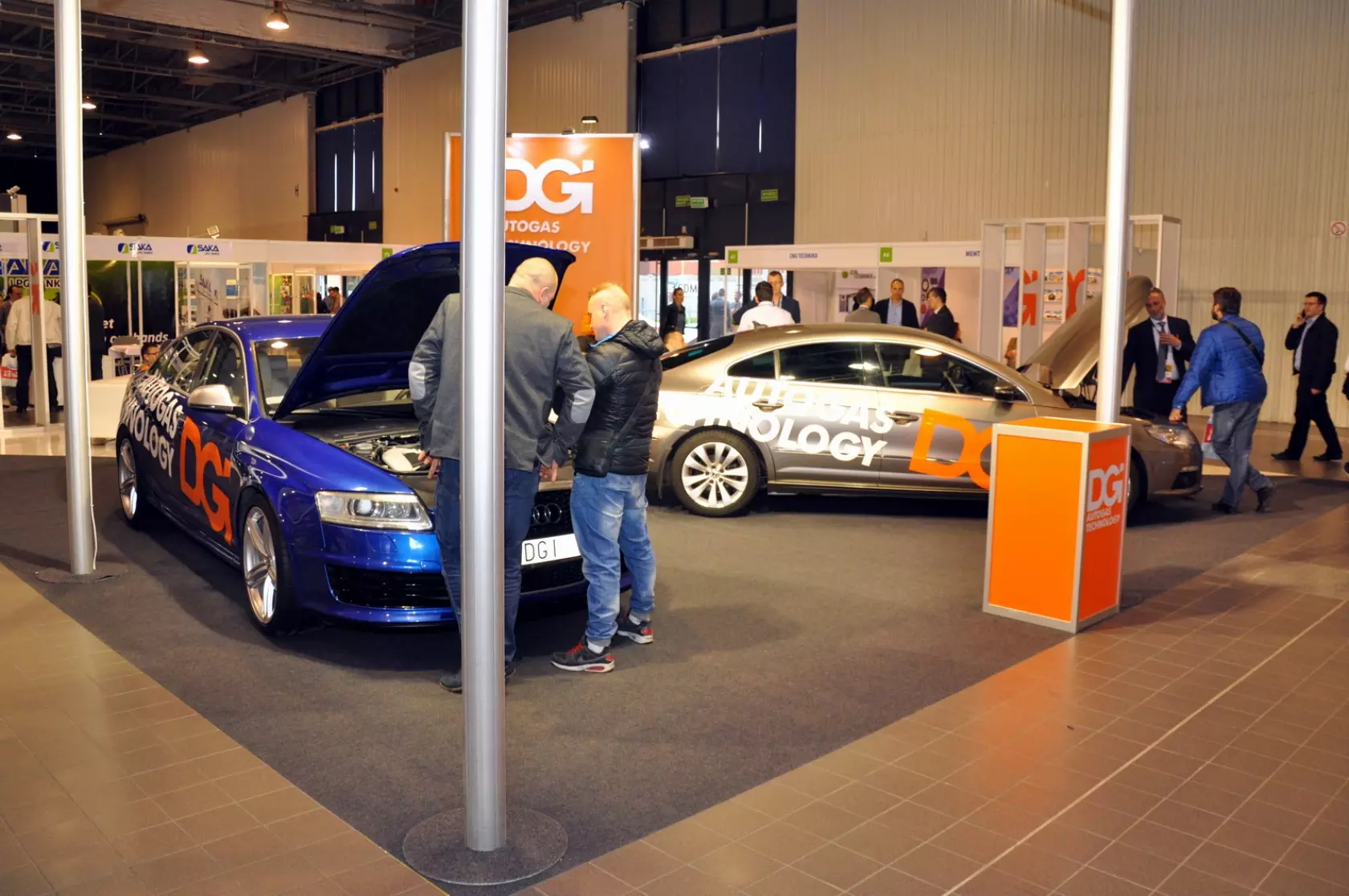 800 PS of combined power in just two cars? Yes, it's possible and they're both LPG-powered
800 PS of combined power in just two cars? Yes, it's possible and they're both LPG-powered 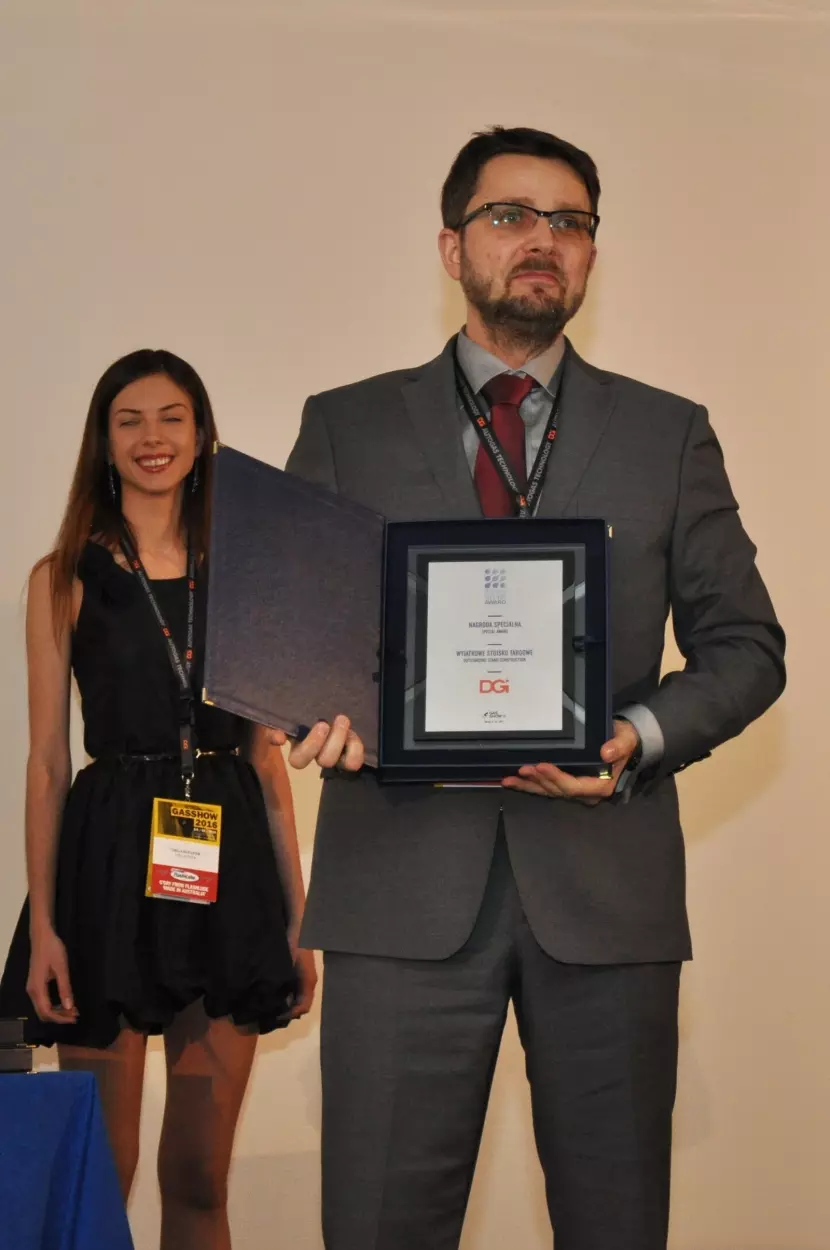 Józef Tyborowski of DGI accepted an INPRO Award on behalf of the company for an exceptional stand
Józef Tyborowski of DGI accepted an INPRO Award on behalf of the company for an exceptional stand 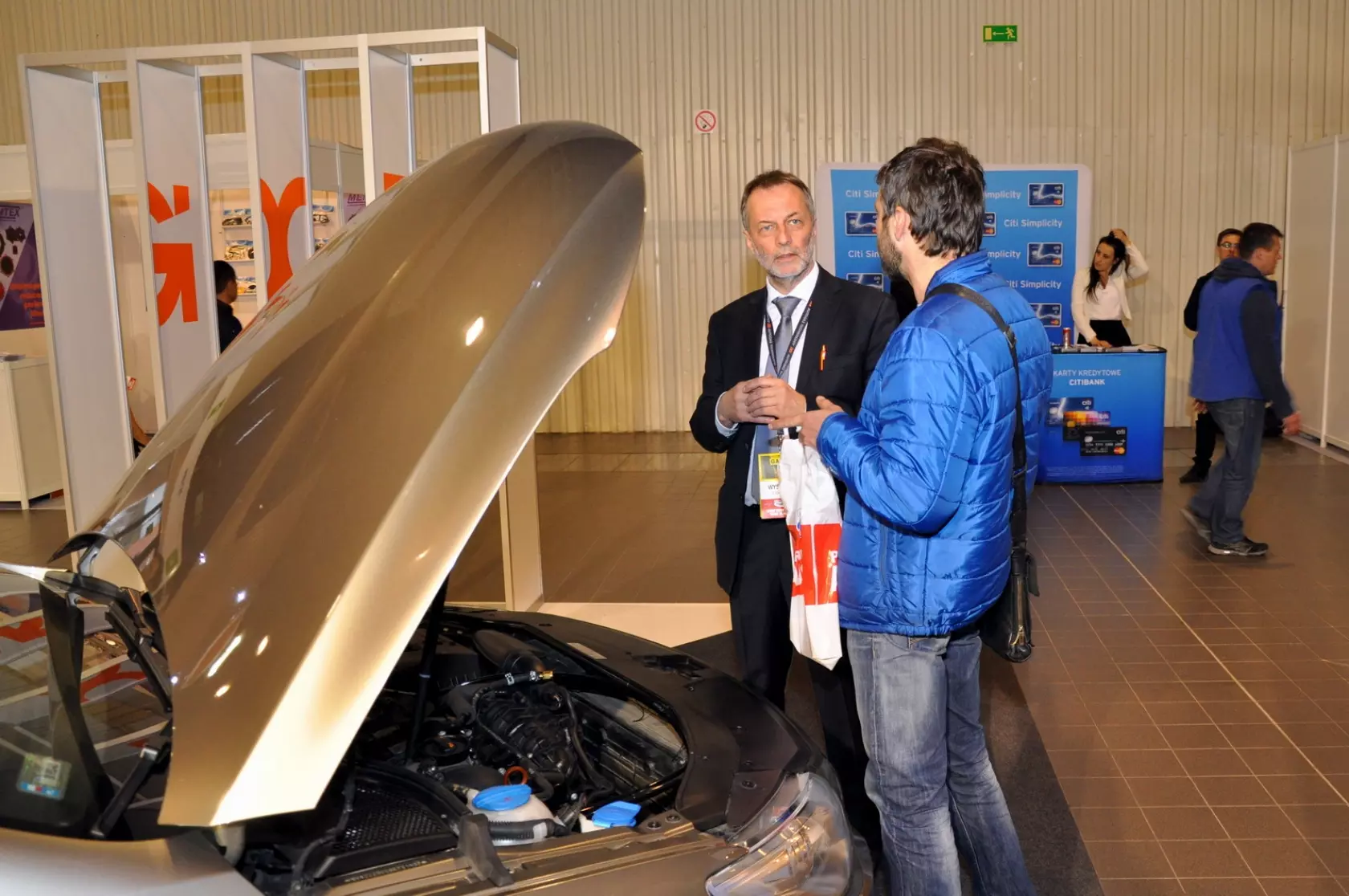 Krzysztof Łapiński - the creator of DGI LM and DGI LCC systems
Krzysztof Łapiński - the creator of DGI LM and DGI LCC systems 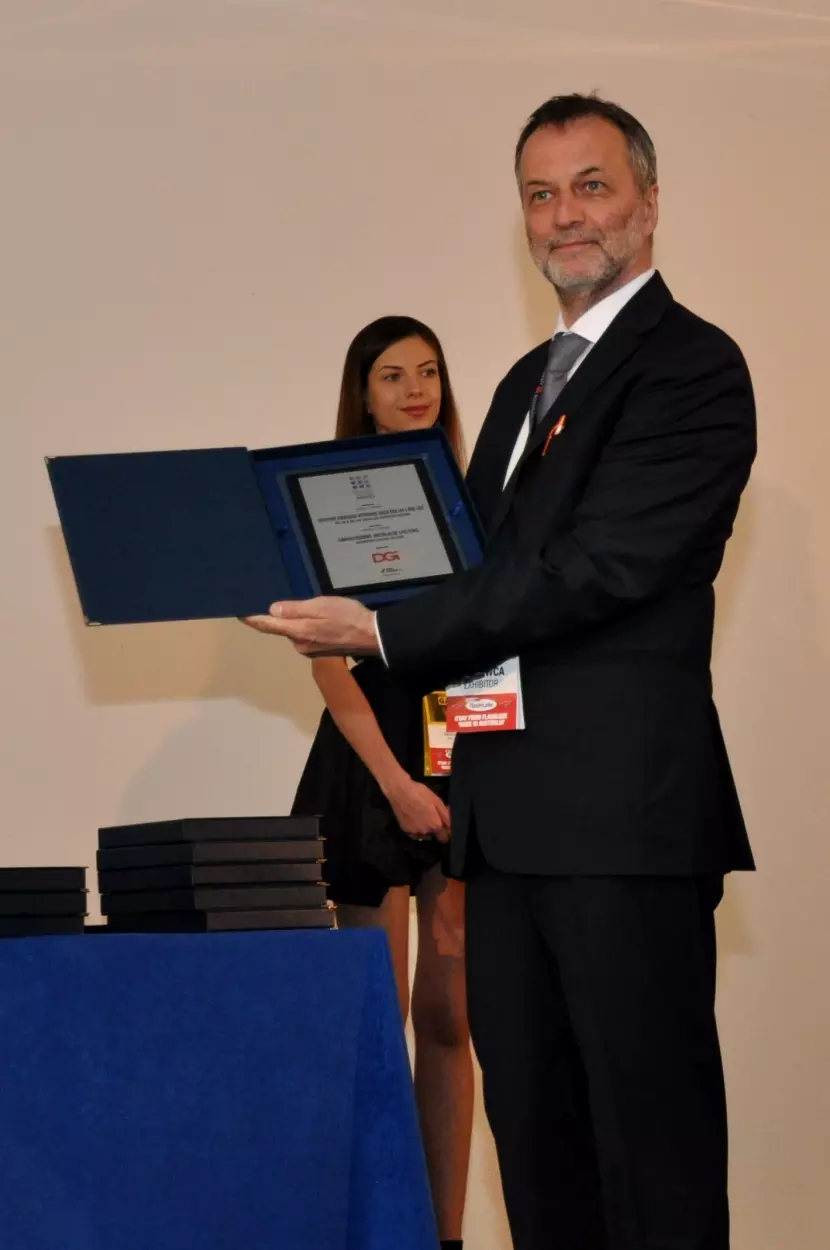 The DGI LM and DGI LCC systems received another INPRO Award for the company
The DGI LM and DGI LCC systems received another INPRO Award for the company 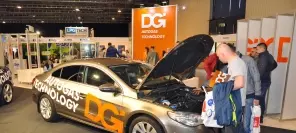






DGI debuted during GasShow 2016 by presenting liquid state autogas injection systems. The company offers two of them – the DGI LM, which is a 5th generation product (indirect injection of non-vapourised LPG) and the DGI LCC, a 6th generation system (direct non-vapourised LPG injection through petrol injectors).
Limitations of vapour state LPG injection systems
According to DGI and the company's founder, Krzysztof Łapiński, the major problem with vapour state autogas injection systems is the physical state of the fuel itself. Vapourised LPG makes it impossible to supply the engine with the same amount of energy as is contained in corresponding petrol doses before the conversion. Another limitation lies within efficiency of autogas reducers. Coverting some particularly powerful engines is very difficult because many reducers are unable to supply appropriate amounts of fuel, which leads to LPG pressure and temperature drops and, consequently, drivability issues.
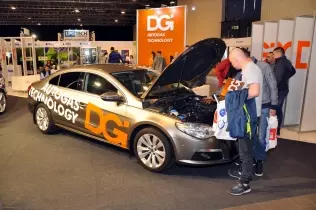 © gazeo.comDGI's stand at GasShow 2016 generated much interest and attention from the attending crowd
© gazeo.comDGI's stand at GasShow 2016 generated much interest and attention from the attending crowdFurthermore, a reducer must be incorporated into the engine's cooling system, which may ultimately lead to coolant leakages. Reducers are also exposed to extreme temperatures – on the one hand they must withstand 100° C coolant and on the other LPG, whose temperature drops to -40° C when it vapourises from liquid to gas. The abrupt temperature drop is destructive for the reducer in the long run (especially the membrane), but it also frees solid and liquid state contamination contained within the fuel, which tends to deposit in the fuel system (particularly LPG injectors).
Last, but not least, engine bays of modern day cars are increasingly cramped, so finding appropriate room for the reducer sometimes means it must be placed in a difficult to reach place, which proves inconvenient from the point of view of maintenance. The same is true of injectors – they should be placed as close to combustion chambers as possible to assure best drivability, but due to space limitations compromises must be sometimes made. Besides, with engines ever becoming more powerful, injectors must be bigger to provide expected efficiency and as they become bigger, they become slower and less precise due to inertia of the moving parts.
Practically all of the above limitations are eliminated by switching from vapour to liquid state autogas injection, especially when it comes to direct injection – not only the reducer and separate injectors become redundant, but also the converted engine needs next to no petrol at all. Ever.
Zobacz stronę producenta:
DGI Autogas Technology
You may also find these interesting:
 loading results...
loading results...
